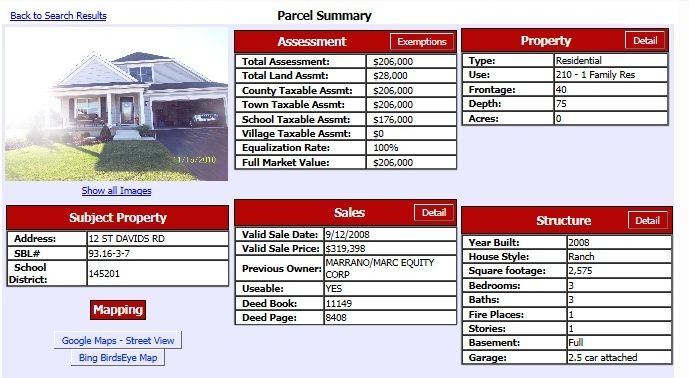Originally posted by
Lee Chowaniec:
I found Resolution No. 7 of interest and will share its contents. Resolution was requested by the Resolution Committee and read:
New Yorkers pay amongst the highest real property taxes in the nation. One reason New Yorkers pay high real property taxes is due to the method of real property taxation and assessment. NYS Law provides favored status to certain properties to the detriment of others. There are hundreds of real property exemptions enacted into New York State Law, taking 33 percent of all real property in New York State off the tax rolls. According to the Office of Real Property Tax Services, the state approved over 40 special exemption bills in 2012.
Rather than reducing property taxes for everyone, property tax exemptions merely shift the burden to fund town services to a smaller pool of taxpayers. Attempts have been made to address the issues brought on by real property tax exemptions. There have been numerous reports and recommendations offered to address the problems in our real property tax system including:
1. Making all future exemptions optional
2. Reforming condominium assessments
3. Tax base sharing
4. Compensating local governments for state land
5. State reimbursements to offset local tax shifting
6. Service charges for special districts
7. Defining the term eligible for purposes of exemptions
8. Income tax circuit breakers
This resolution calls for the state to finally address the inequities in the exemption system.



 Reply With Quote
Reply With Quote


